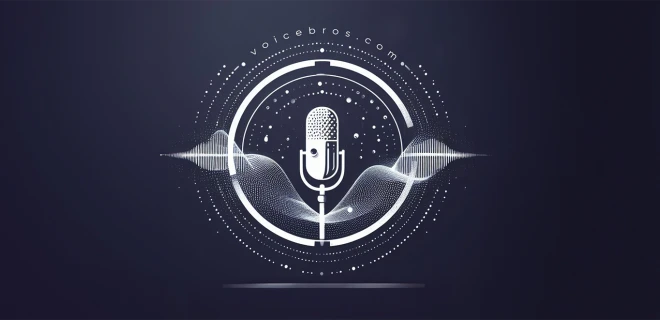Outline of the Article
Introduction
Understanding ADR Dubbing
The Necessity of ADR Dubbing
Achieving Synchronized Sound
ADR in Film and Television
Improving Audio Quality
ADR vs. Location Sound
ADR Dubbing Process
Notable ADR Success Stories
Challenges in ADR
ADR in Multilingual Productions
ADR in Animation
Conclusion
FAQs
Why is ADR Dubbing Needed?
Introduction Why is ADR Dubbing Needed?
The world of audio and visual production relies on the magic of sound and sight coming together seamlessly. A significant element in achieving this cohesion is ADR (Automated Dialogue Replacement) dubbing. In this article, we delve into the importance of ADR dubbing, exploring its role in ensuring synchronized sound, enhancing audio quality, and overcoming challenges in the world of film, television, and beyond.
Understanding ADR Dubbing
ADR dubbing, often referred to as "looping," is a post-production technique where actors re-record their lines to replace or enhance the original audio. This process is essential for fixing issues with location sound or for adding dialogue that was not captured during filming.
The Necessity of ADR Dubbing
ADR dubbing is crucial for several reasons. It helps achieve precise synchronization between audio and visual elements, rectifies issues with on-set audio, and allows for the addition of dialogue in languages other than the original. It's a versatile tool in audio-visual storytelling.
Achieving Synchronized Sound
One of the primary purposes of ADR dubbing is to ensure that dialogue aligns perfectly with the actors' lip movements, making the viewing experience realistic and immersive.
ADR in Film and Television
In the world of film and television, ADR is a common practice. It's used to fix audio issues such as background noise, inconsistencies in sound quality, or even when actors' voices need to be enhanced for dramatic effect.
Improving Audio Quality
ADR dubbing allows for the recording of high-quality audio in controlled environments, leading to improved sound clarity and consistency.
ADR vs. Location Sound
ADR offers greater control over the audio recording process compared to on-set location sound, which is often affected by unpredictable factors such as weather, ambient noise, and technical issues.
ADR Dubbing Process
The ADR dubbing process involves actors re-recording their lines in a soundproof studio while watching the film. Skilled sound engineers ensure that the new audio matches the original performances.
Notable ADR Success Stories
Several films and TV series owe their success to seamless ADR dubbing, allowing for the correction of audio imperfections and enhancing the overall viewing experience.
Challenges in ADR
While ADR is a valuable tool, it comes with challenges, including the need for actors to replicate their emotions and tone from the original scene, which can be a complex task.
ADR in Multilingual Productions
In multilingual productions, ADR is invaluable for ensuring that dialogue in different languages fits the visual context seamlessly.
ADR in Animation
In animated films and series, ADR is commonly used to record character voices and bring them to life with the desired expressions and emotions.
Conclusion
ADR dubbing is an essential component of audio-visual production, ensuring that the sound perfectly matches the visual elements. It allows for precise synchronization, improved audio quality, and overcoming challenges associated with on-set recording. In a world where every detail counts, ADR dubbing is the unsung hero of the film and television industry.
FAQs
1. Can ADR dubbing fix audio issues in outdoor scenes?
Yes, ADR can help correct audio problems caused by background noise or other outdoor challenges.
2. How do actors match their original performances during ADR?
Skilled actors and sound engineers ensure that the tone and emotions match the original scene.
3. Is ADR only used in live-action productions?
No, ADR is also commonly used in animation to record character voices.
4. Why is ADR important in multilingual productions?
ADR ensures that dialogue in different languages fits the visual context seamlessly.
5. What is the difference between ADR and voice-over?
ADR replaces or enhances existing dialogue, while voice-over is the addition of new commentary or narration to a video.










